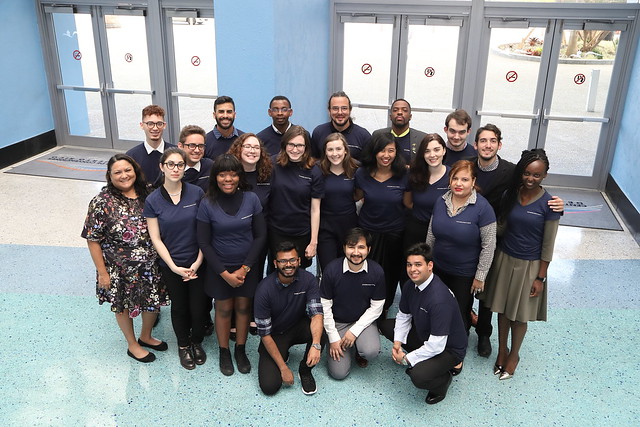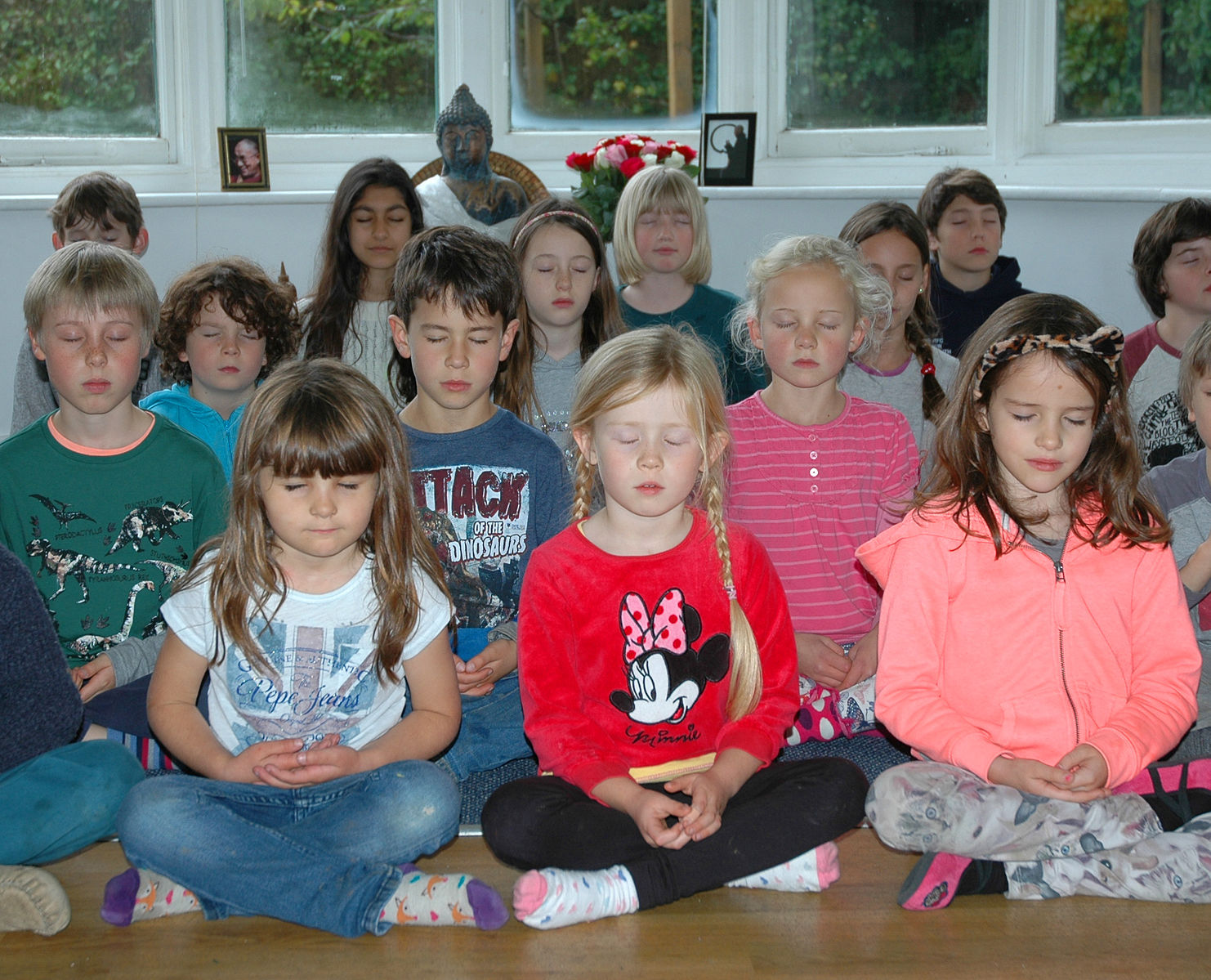Difference Between Primary Group and Secondary Group
Primary and secondary groups are kinds of social groups which are composed of at least two individuals who have certain similarities, interact with each other, and have a sense of unity. A primary group is usually small which is characterized by personal and relatively long relationships while a secondary group is large with impersonal and goal-directed relationships. These concepts were introduced by Charles Horton Cooley, an American sociologist, with his book “Social Organization: A Study of the Larger Mind” which was published in 1909. The following discussions reflect the differences between primary and secondary groups.

What is a Primary Group?
A primary group is characteristically small with members who share tight-knit and lasting relationships such those experienced in marriage, close friendships, and families. Cooley viewed primary groups as vital in shaping an individual’s identity as they are sources of various enduring support. Those who belong to this principal group often express concern for each other, have regular activities together, and other similar interactions which contribute to the members’ individuality and psychological wellbeing. The goal of this small collective relationship is the connection itself; hence, the motivation is quite intrinsic. Since principal groups are essential in people’s development, such bonds are created within larger secondary groups.

What is Secondary Group?
A secondary group is characteristically larger with impersonal and objective-driven relationships. The interactions are often short-term as they are less personal and eventually drift away after the goals have been met. Thus, the motivation to join these groups are often extrinsic such as those manifested between clients and agents, among classmates, and among colleagues. The impact to the members is less significant due to the superfluous connections. The members do not share a lot of personal information, and do not have regular activities which promote emotional bonds.
Primary vs Secondary Group
Size
Primary groups are often smaller as these connections necessitate the sharing of personal information. For instance, the people whom we consider as best-friends and family are fewer than those in our secondary groups such as coworkers and schoolmates. There are more people in our “acquaintances category”, those individuals whom we do not share our private thoughts and feelings with.
Duration of Relationships
Primary groups usually last longer than secondary groups since the bond is strengthened by emotional interactions. The relationships in secondary groups are often ended after the objectives have been met or when the prescribed time frame is over. For example, the commitment in marriages and friendships are indeed more enduring than the relationships between student and teacher, and employer and employee.
Depth of Relationships
The relationships in primary groups are deep as more personal information are shared, emotional connections are strengthened, and the bonds are more enduring. On the other hand, the interaction in secondary groups are generally superficial as it is only created to achieve a certain goal such as the completion of an academic requirement, realization of a career goal, and the accomplishment of a service.
Motivation
The motivation in primary groups is usually intrinsic since these are maintained by the connections themselves. People want to commit to such connections because of attraction, camaraderie, love, altruism, and other intangible factors. On the contrary, the motivation in secondary groups is largely extrinsic as they are created to obtain economic goals, educational objectives, political ambitions, and other tangible ends.
Impact to Identity
Primary groups are highly influential to an individual’s identity due to the intimacy and duration of these relationships. For instance, our identities are linked with our families and friendships. As for secondary groups, their influence is most often weak since the relationships are largely impersonal and temporary. For example, the relationship between a client and a customer is only limited to the specific job order and their individualities are not significantly altered by the business transaction.
Stability of Roles
In primary groups, the roles are more stable as the relationships are equally more enduring. For example, a true best friend is a best friend for a lifetime. On the other hand, the roles in secondary groups are more interchangeable and less stable due to the similarly temporary and impersonal relationships. For instance, the roles among coworkers may change due to promotions or resignations.
Time of Development
Relationships in primary groups are often introduced from earlier stages of development. For instance, families are developed even before birth, childhood friends become best friends, and people become churchmates since their first church attendance. In contrast, the relationships in secondary groups are often initiated in the later stages of development such as those among colleagues and university classmates.
Primary Groups vs. Secondary Groups

Summary of Primary Groups vs. Secondary Groups
- Primary and secondary groups are kinds of social groups which are composed of at least two individuals who have certain similarities, interact with each other, and have a sense of unity.
- A primary group is characteristically small with members who share tight-knit and lasting relationships such as those experienced in close friendships and families.
- A secondary group is characteristically larger with impersonal and objective-driven relationships.
- Primary groups are usually smaller than secondary groups.
- Primary groups’ relationships often last longer than those in secondary groups.
- The connections in primary groups are deeper as compared to those in secondary groups.
- The general motivation in joining or creating primary groups is intrinsic while that of secondary is usually extrinsic.
- Primary groups often significantly impact one’s identity while secondary groups do not.
- The roles in primary groups are often more stable as compared to those in secondary groups.
- The relationships in primary groups often start earlier as compared to the ones in secondary groups.
- Difference Between Hematoma and Melanoma - February 9, 2023
- Difference Between Bruising and Necrosis - February 8, 2023
- Difference Between Brain Hematoma and Brain Hemorrhage - February 8, 2023
Search DifferenceBetween.net :
Leave a Response
References :
[0]Goodfriend, Wind and Heinzen, Thomas. Social Psychology. Thousand Oaks, CA: Sage, 2019. Print.
[1]Stangor, Charles. Social Groups in Action and Interaction. New York, NY: Routledge, 2016. Print.
[2]Myers, David and Twenge, Jean Professor. Social Psychology. New York, NY: McGraw Hill, 2016. Print.
[3]Image credit: https://commons.wikimedia.org/wiki/File:Dharma_Primary_School_-_Children_Meditating_2015.jpg
[4]Image credit: https://www.flickr.com/photos/icann/40748438882
